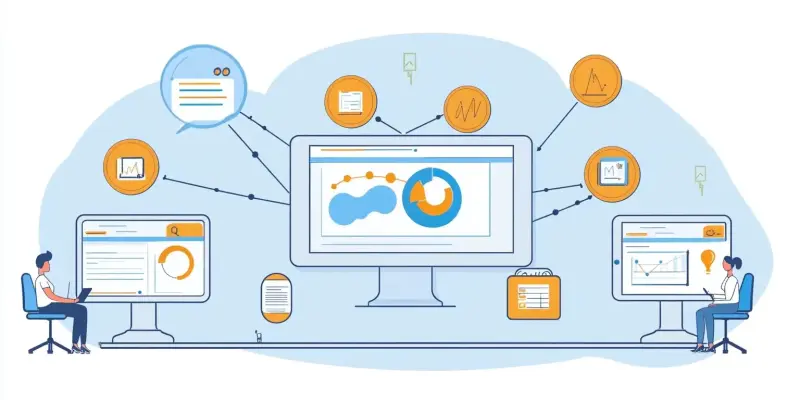Account-based marketing (ABM) is not a new concept. It’s been proven that personalization enhances customer experience, increases leads, and ultimately drives more sales. But whether you’re a seasoned veteran and just need a fresh perspective or are just dipping your toes into the pool, we can all benefit from continuing to hone our marketing skills. ABM stands as a powerful tool for B2B marketers aiming to generate high-quality leads by focusing their efforts on specific accounts.
Investigation
The key to a successful ABM campaign is knowledge. Think of it as the foundation of your ABM house – the more information (foundation) you have, the stronger your house will be. Before you jump into things, spend some time researching your current customers to uncover important information. This involves identifying the Ideal Company Profile (ICP), which is a prototypical company that would derive the most value from your product. The ICP is used to create a list of target accounts (companies) that will be the central focus of all your marketing efforts.
Another critical step is to identify the Ideal Customer Persona (also ICP). This is not a company but a person at a specific company who is likely receptive to your messages because your product or service solves a specific need they have in their role. Discussing these insights with your executive and sales teams will provide an idea of the company’s current direction or desired path. Analyzing historic win/loss sales data reveals accounts that have converted to customers in the past, allowing you to identify your best-fit customers.
Look for common attributes of these customers, such as industry, company size, and revenue, often referred to as firmographics. After answering these questions, you can identify look-alike companies and buyer personas that fit your two ICPs, which will give you a clear understanding of who you should be marketing and selling to. This in-depth investigation ensures that your ABM strategy is built on a solid foundation of data and insights, targeting the right accounts and personas effectively.
Execution
Once you’ve got your target accounts in mind, it’s time to market to them effectively. Create content that speaks directly to your target customers. Everything they receive from you, from emails to ads and web content, should be tailored to address their specific business needs. Consider how your ideal customer persona’s role changes the way they approach their problems and what metrics will define success for them. Develop an omnichannel approach, leveraging multiple touchpoints for each customer, from web and mobile platforms to email and social media. All channels should convey a consistent message: “We understand your pain; here’s how we can help.”
Consistency and relevancy among all customer touchpoints will increase the likelihood that your target accounts engage with your messaging and eventually convert into customers. However, there is no ‘magic bullet’ in the marketing world. Ongoing efforts in maintaining consistency and relevancy across all platforms are crucial. Ensure that every touchpoint aligns with the needs and pain points of your target personas, and consistently deliver value through your content. The persistent effort in this stage will build stronger relationships with your target accounts, paving the way for successful conversions.
Evaluation
Evaluating the effectiveness of your ABM strategy is essential to understand what works and make necessary adjustments. Regularly measure the performance of your campaigns against your predefined goals and metrics. This includes tracking engagement levels, conversion rates, and the overall return on investment (ROI). Comparing these results with historical data can provide insights into what strategies are most effective and where there is room for improvement. By continuously evaluating and refining your approach, you can ensure your ABM strategy remains dynamic and responsive to the needs of your target accounts.
In conclusion, whether you’re an experienced marketer or just starting out, honing your ABM skills is crucial. Personalization has long been shown to enhance the customer experience, generate more leads, and boost sales. ABM, when executed with a firm foundation of data and insights, followed by consistent and targeted content delivery, and evaluated for continual improvement, can lead to significant success in B2B marketing.

